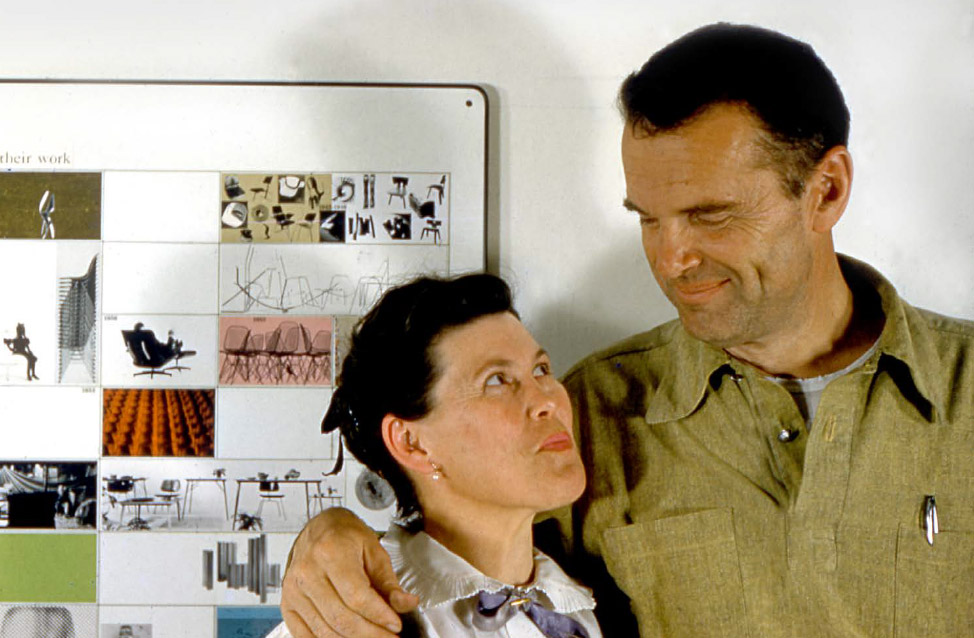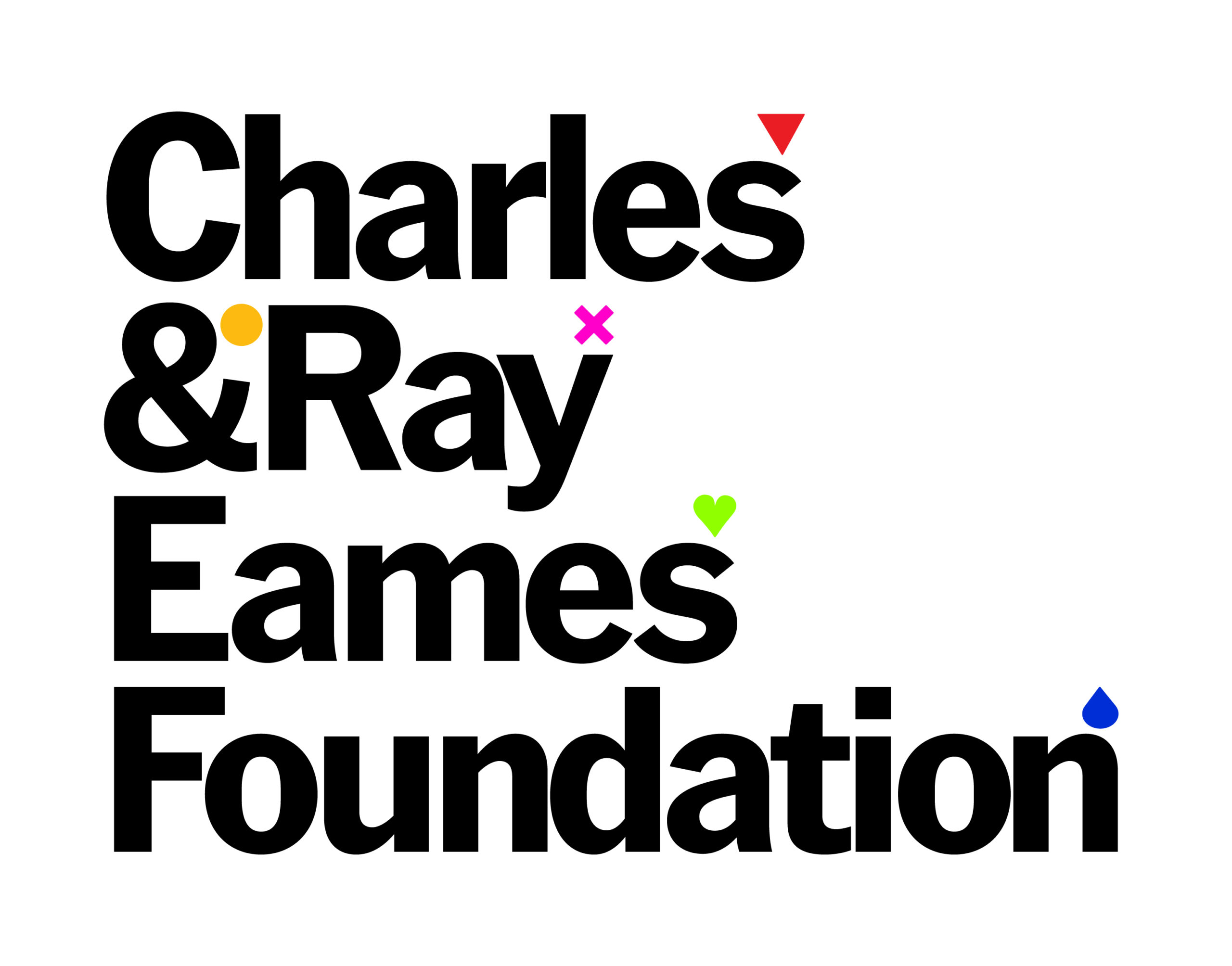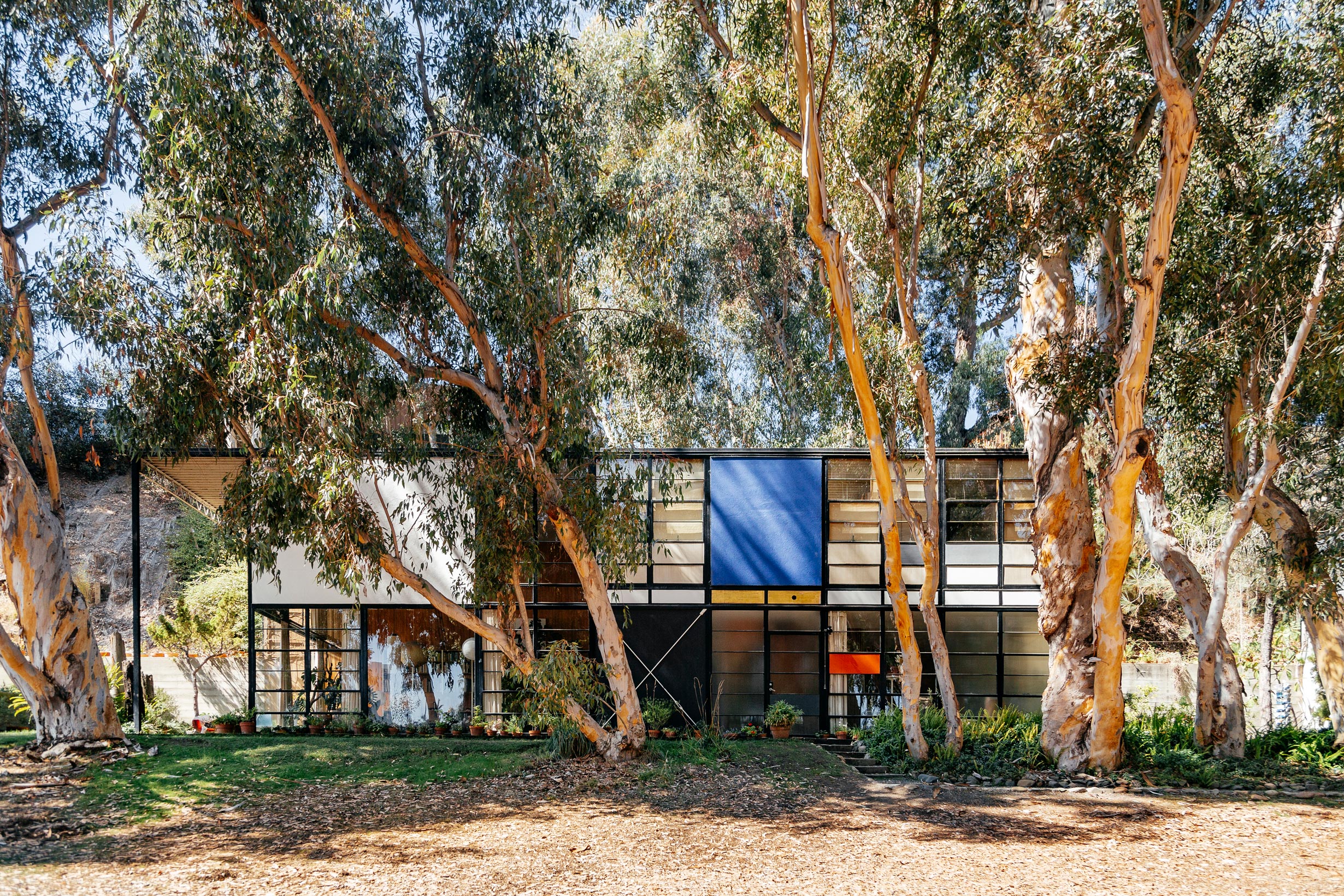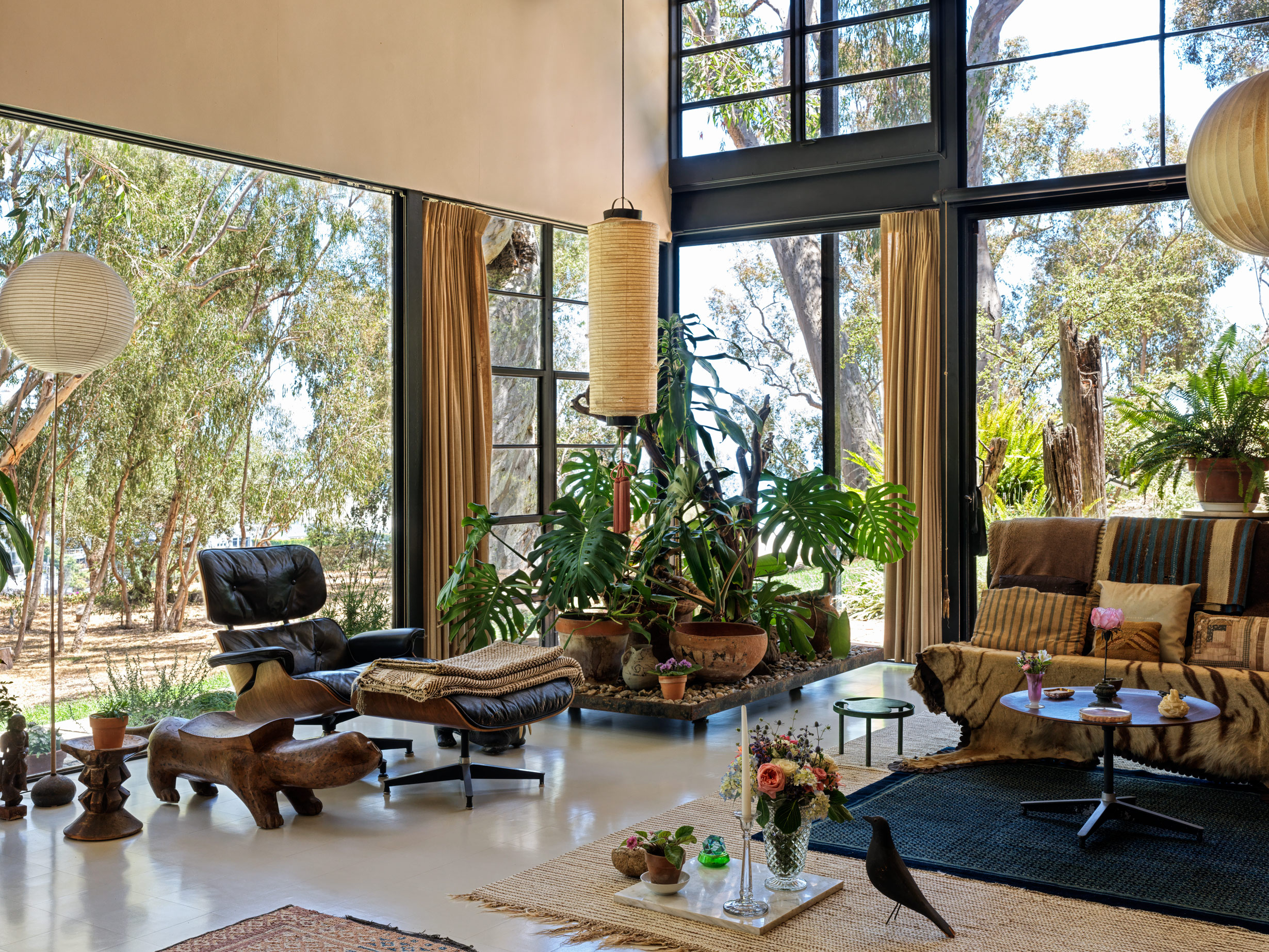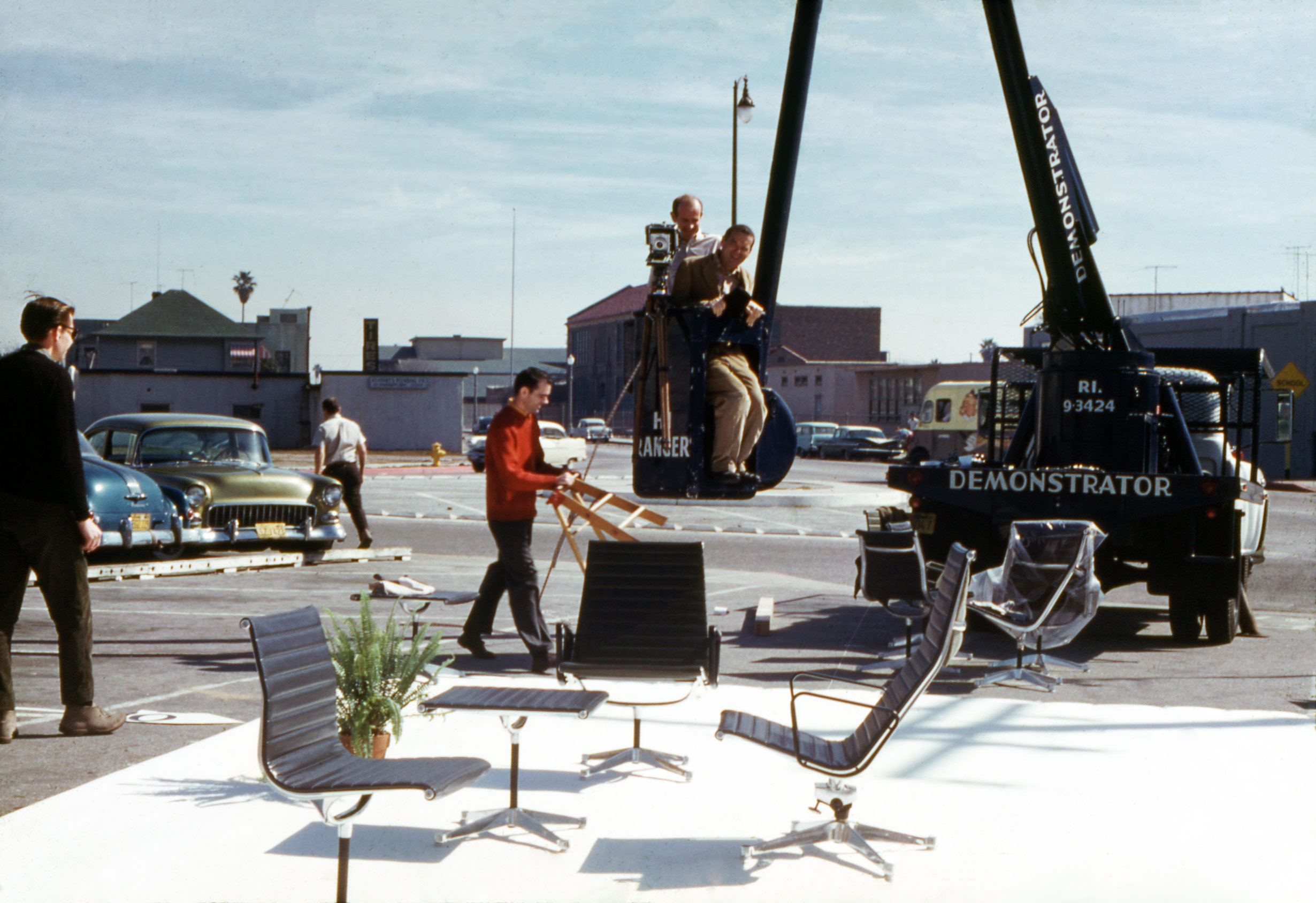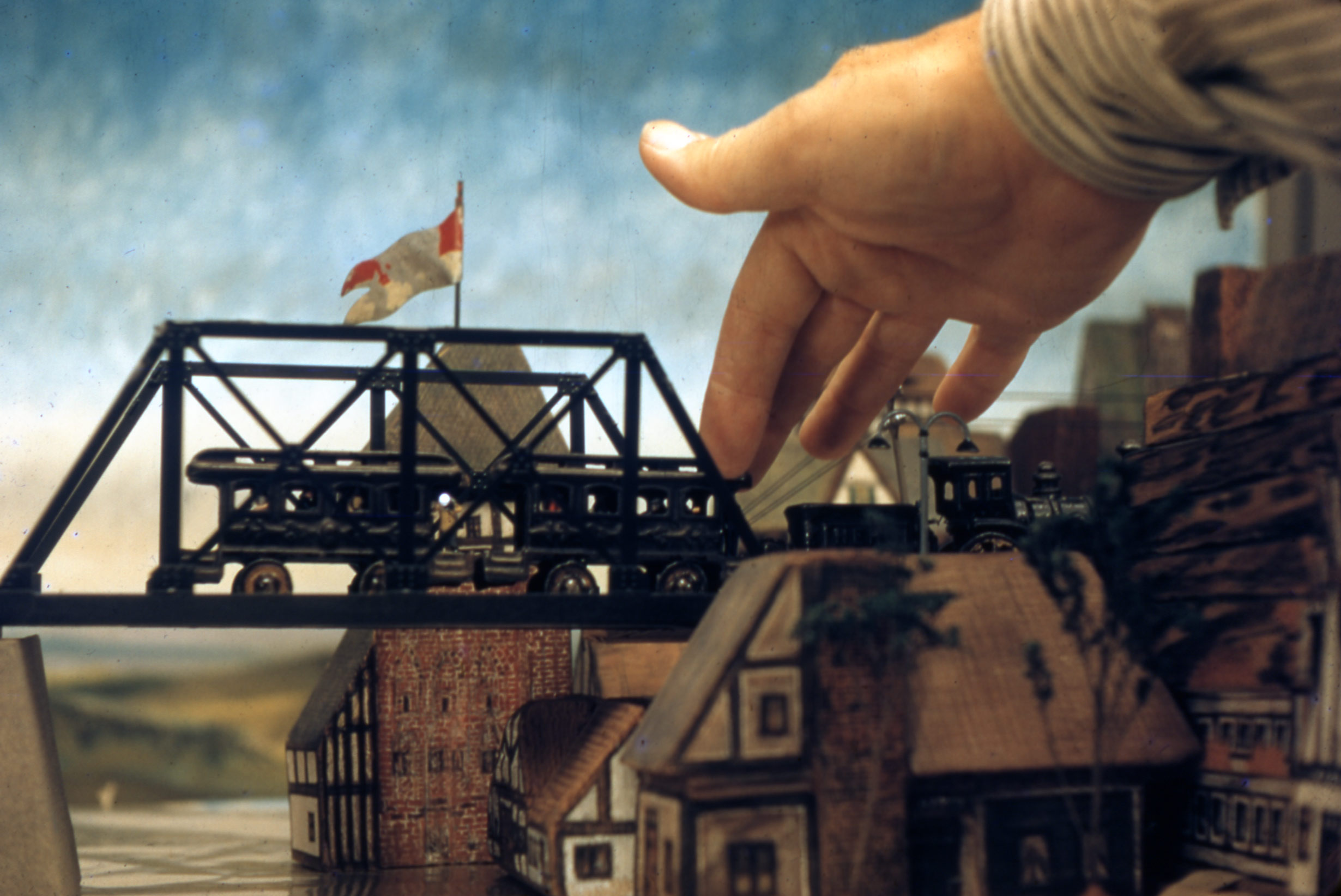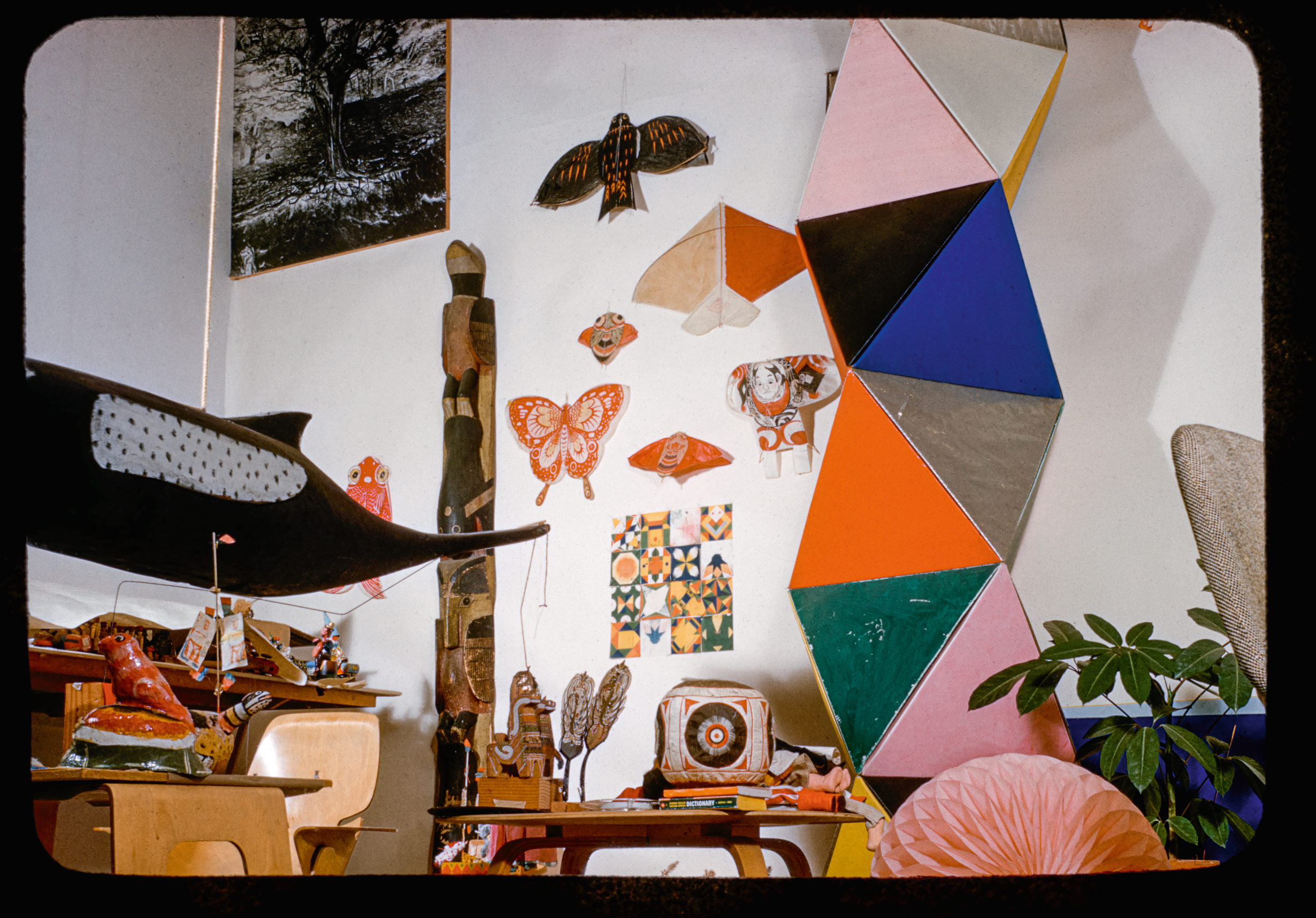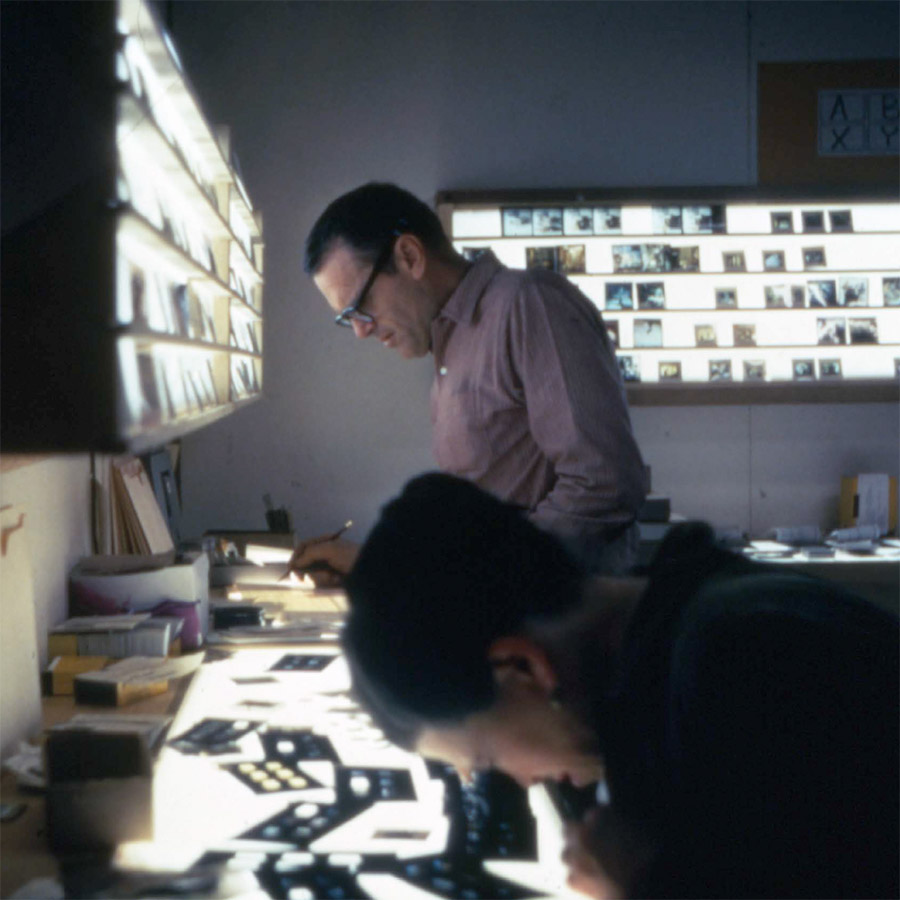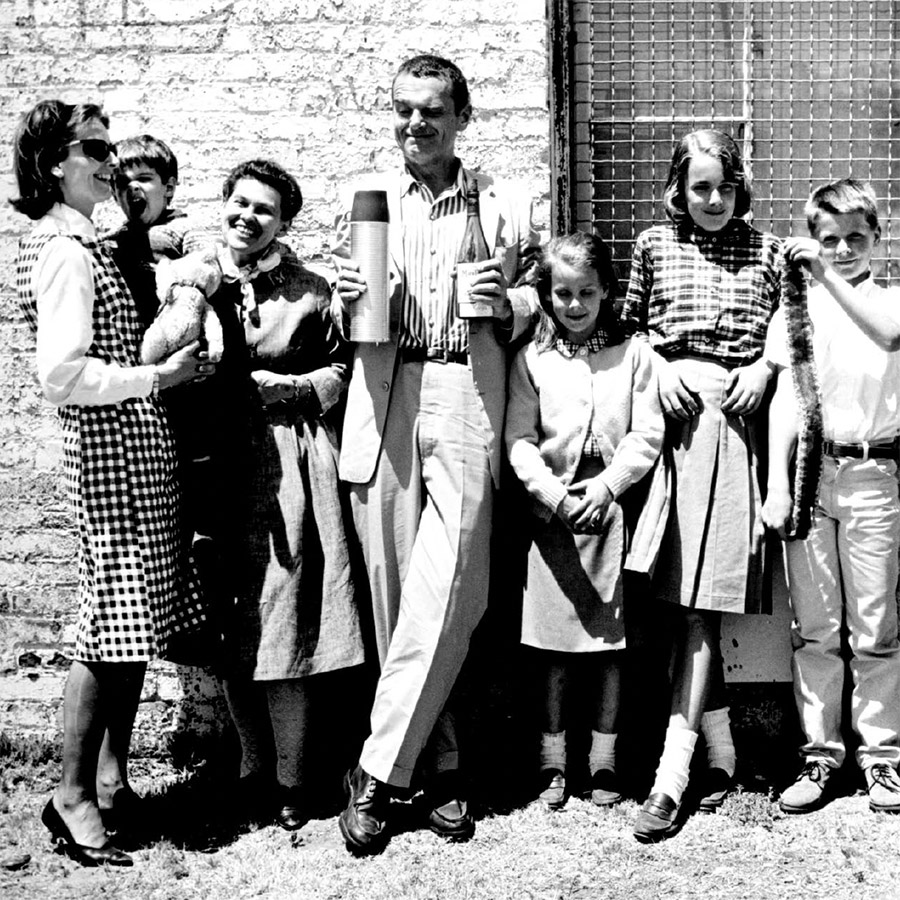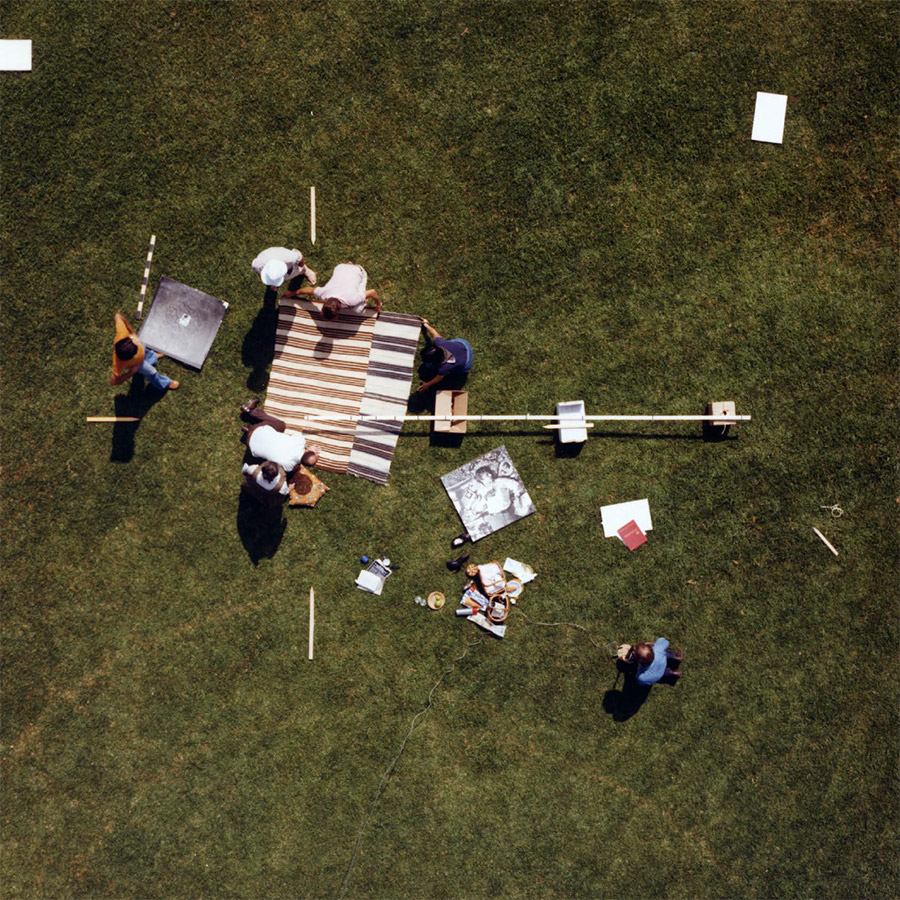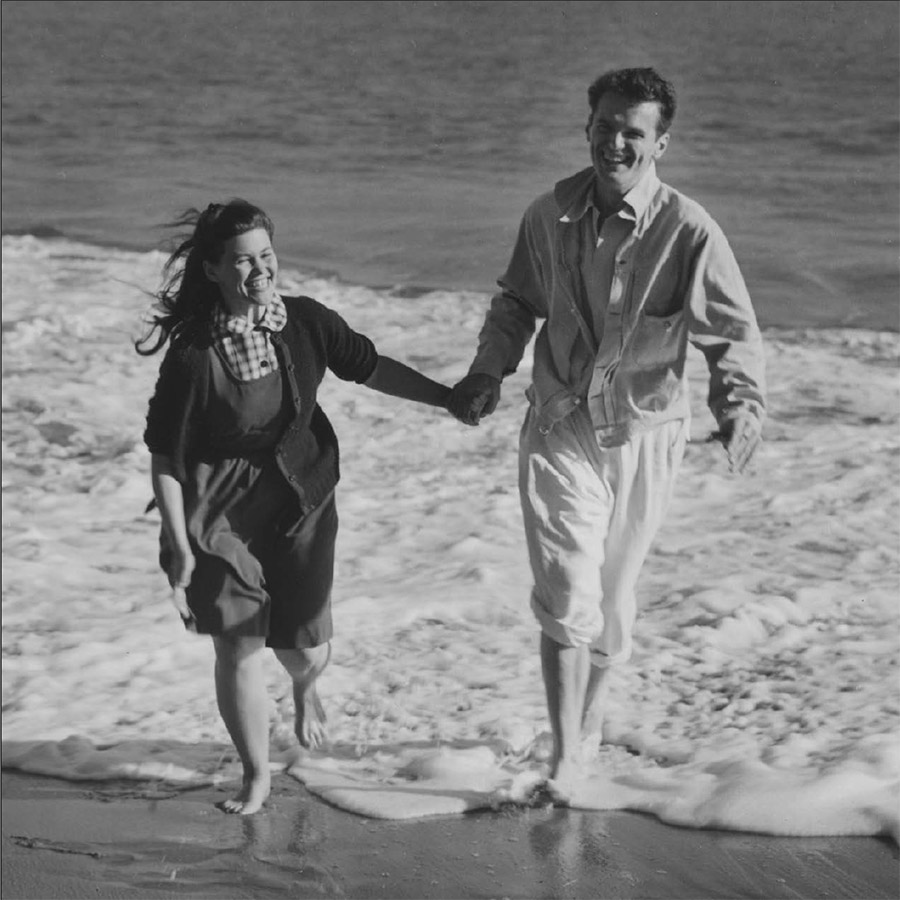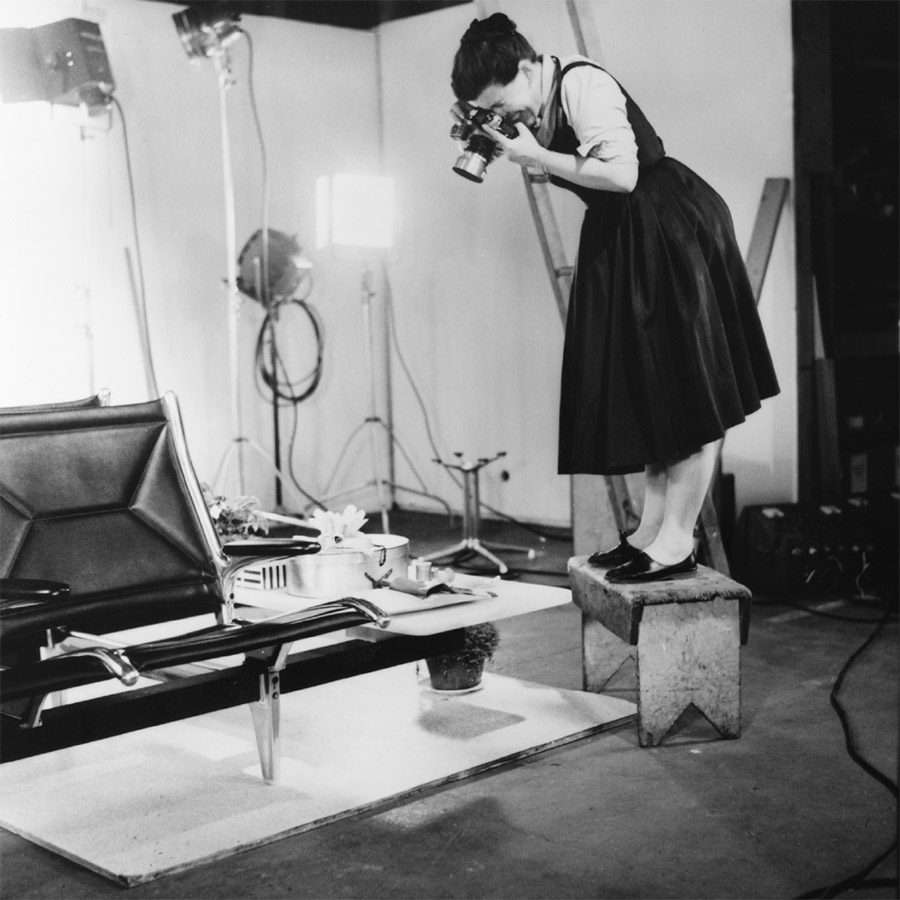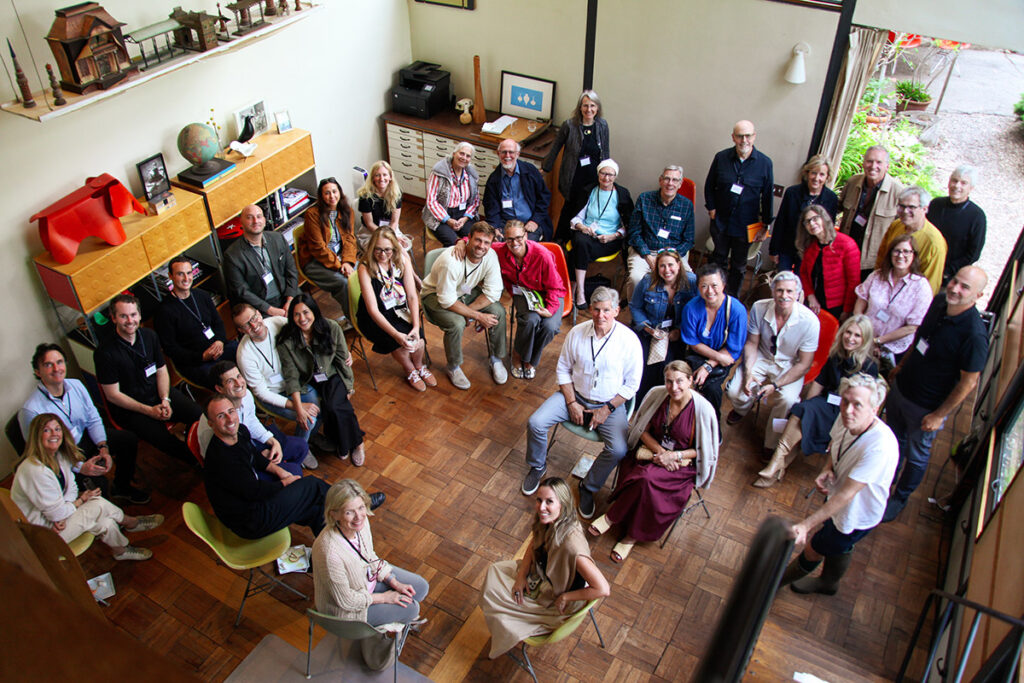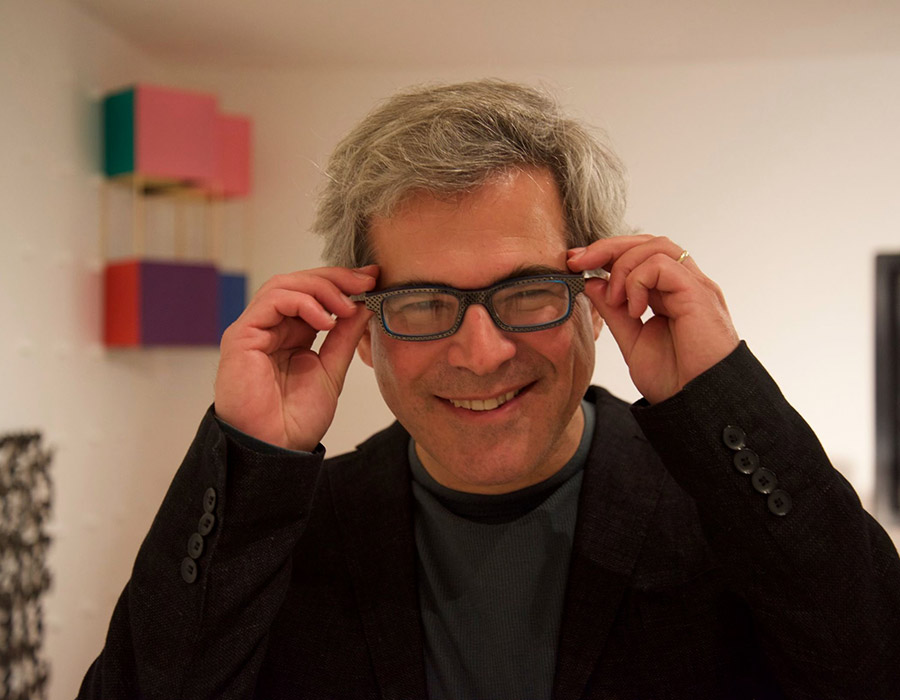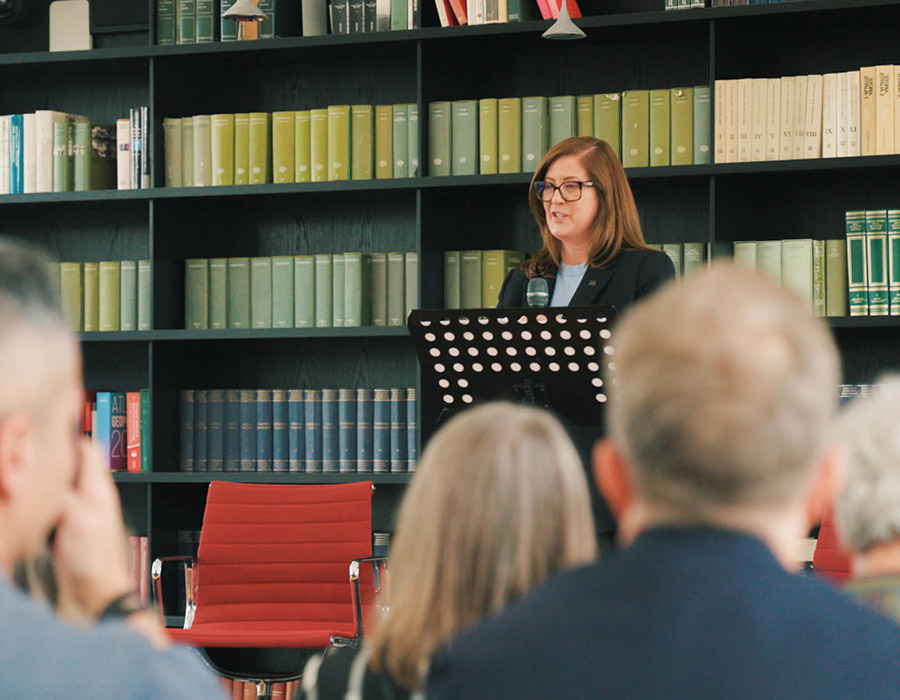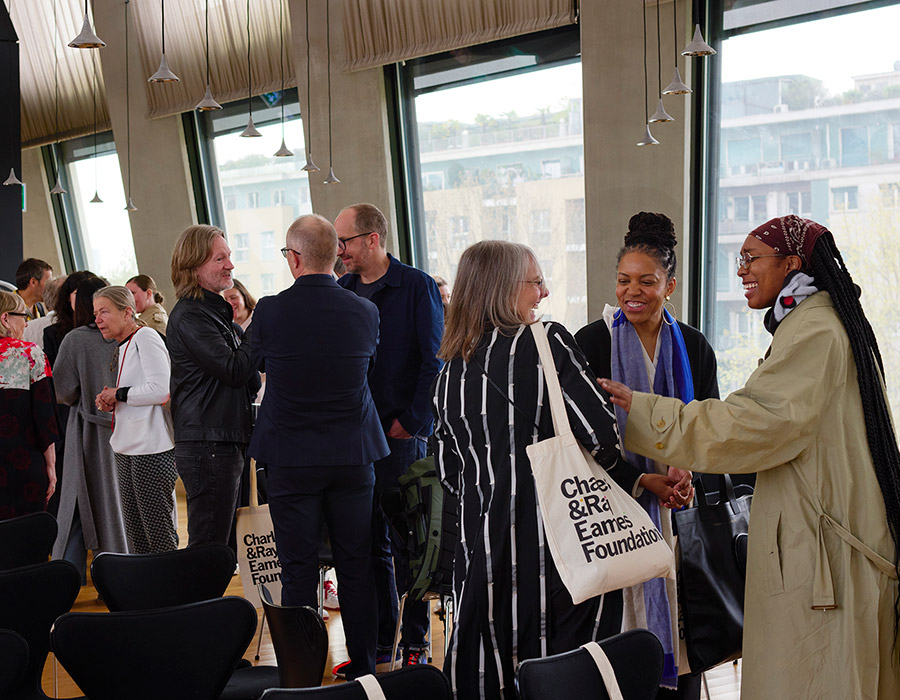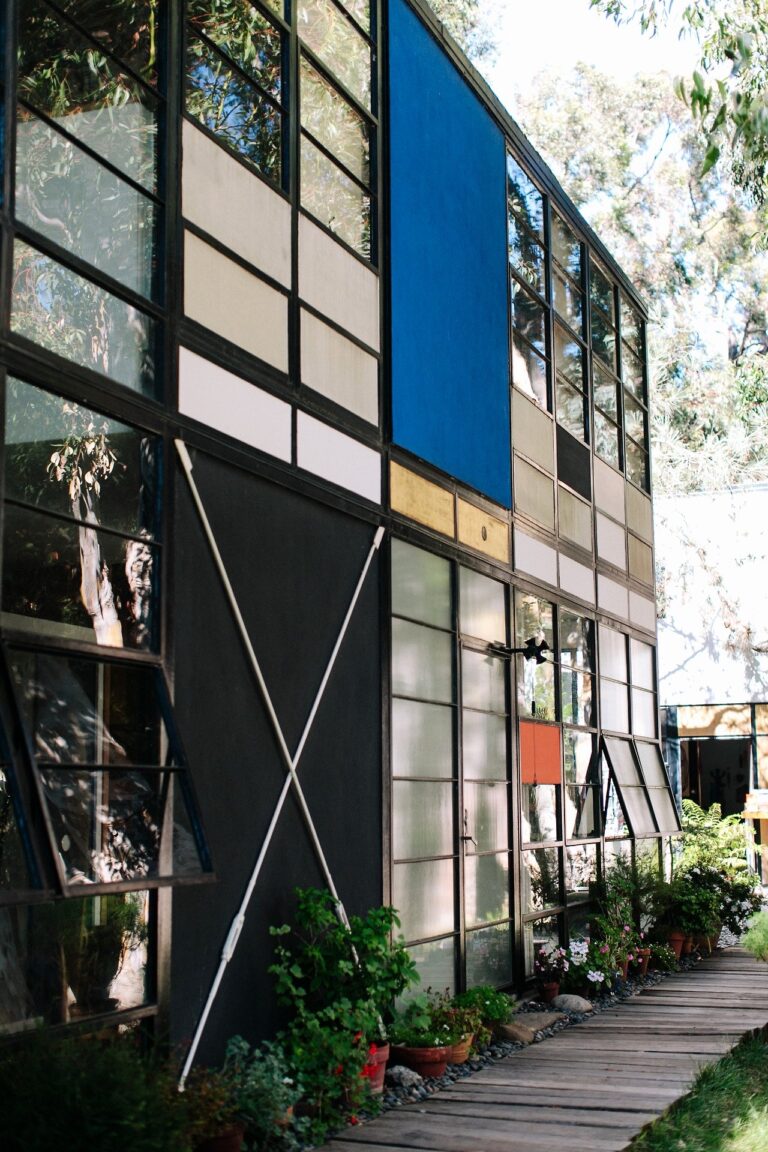Create a better future through design.
Let’s Discover
The Life and Legacy of Charles & Ray Eames
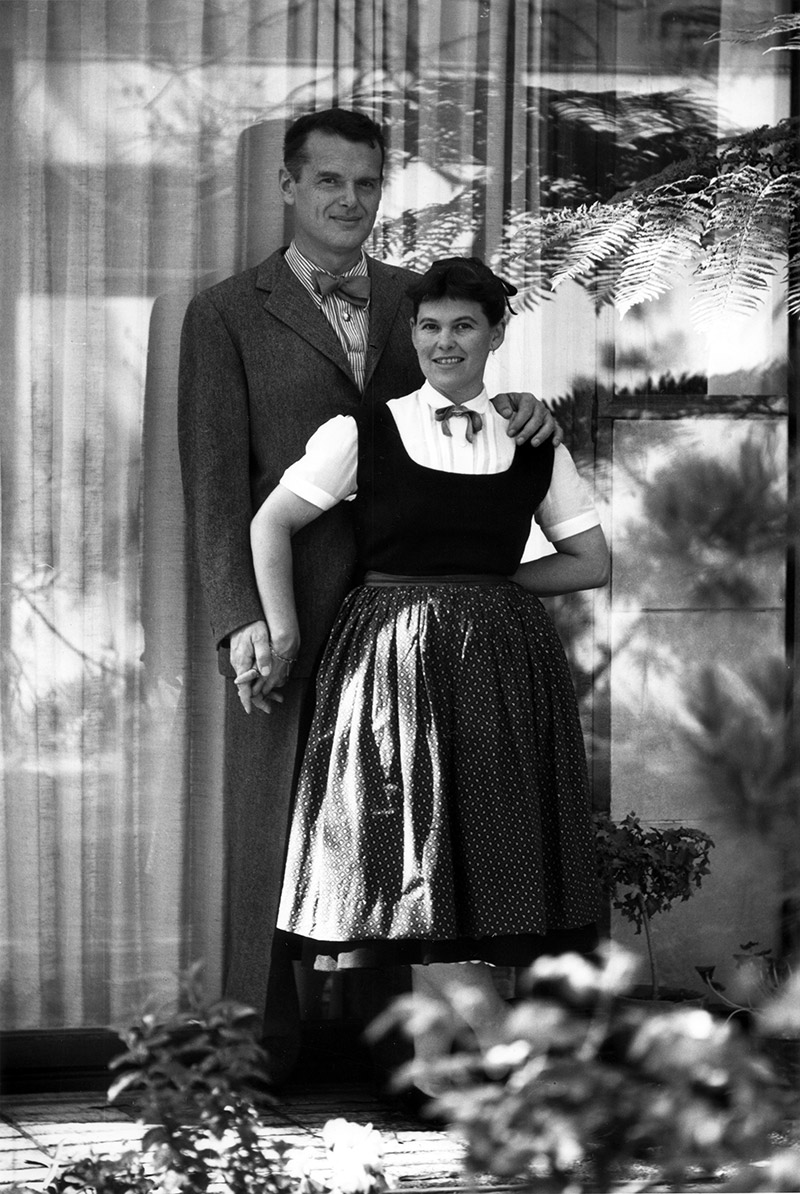
Visionary, experimental, and human-centered
From furniture to film, architecture to exhibitions, Charles & Ray shaped the way we think about design. Discover their works and ideas that continue to inspire generations worldwide.
Sharing and Sustaining the Eames Legacy

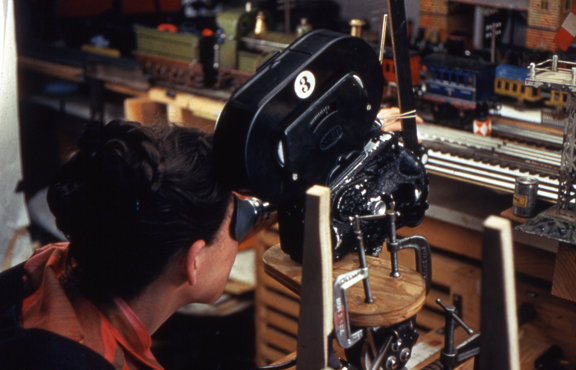
Exhibitions
Coming soon! Experience Eames ideas brought to life in physical and digital exhibitions.
see Exhibitions
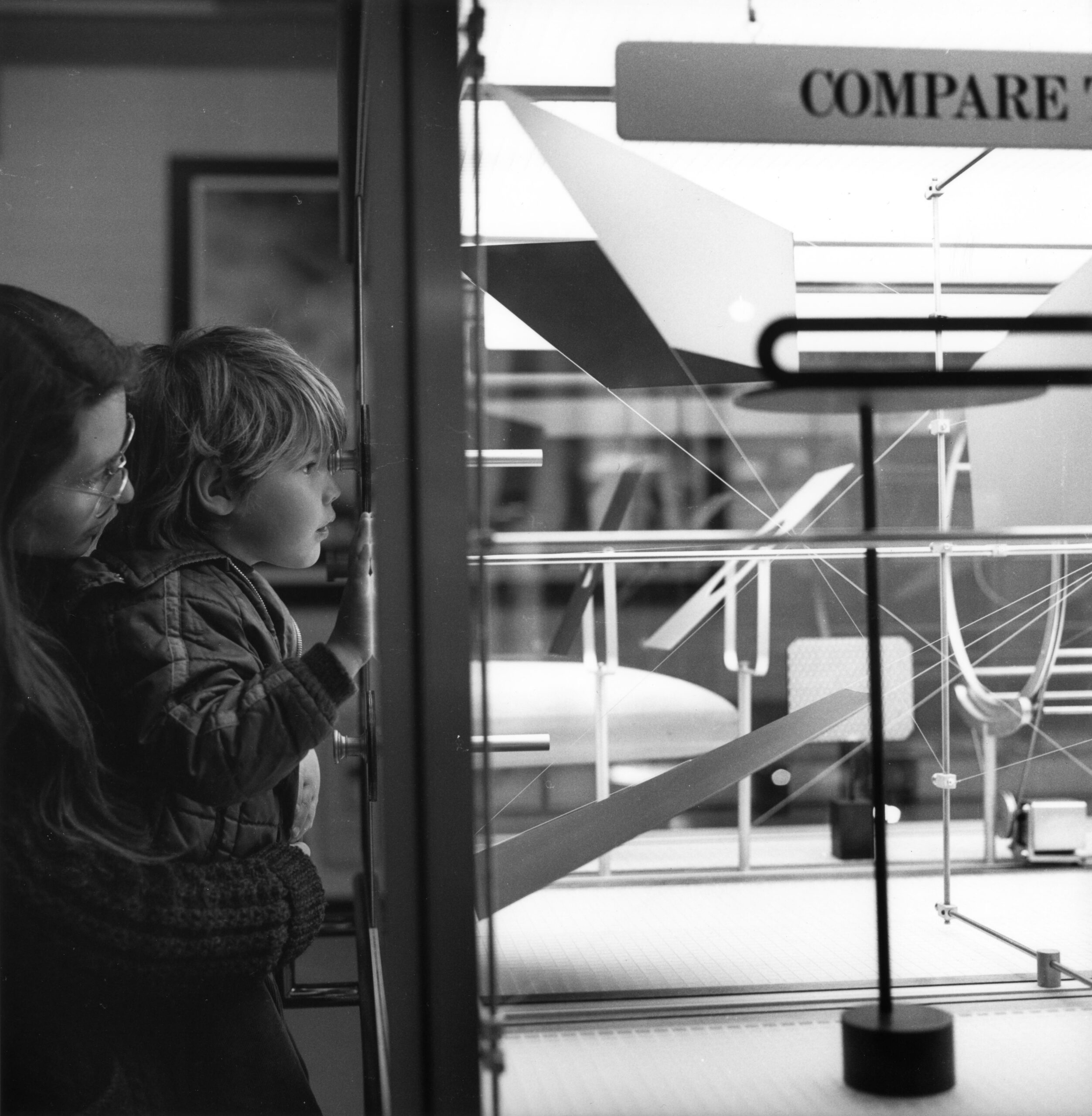
Research
Ongoing projects that expand understanding of the Eameses’ work across disciplines.
Explore Research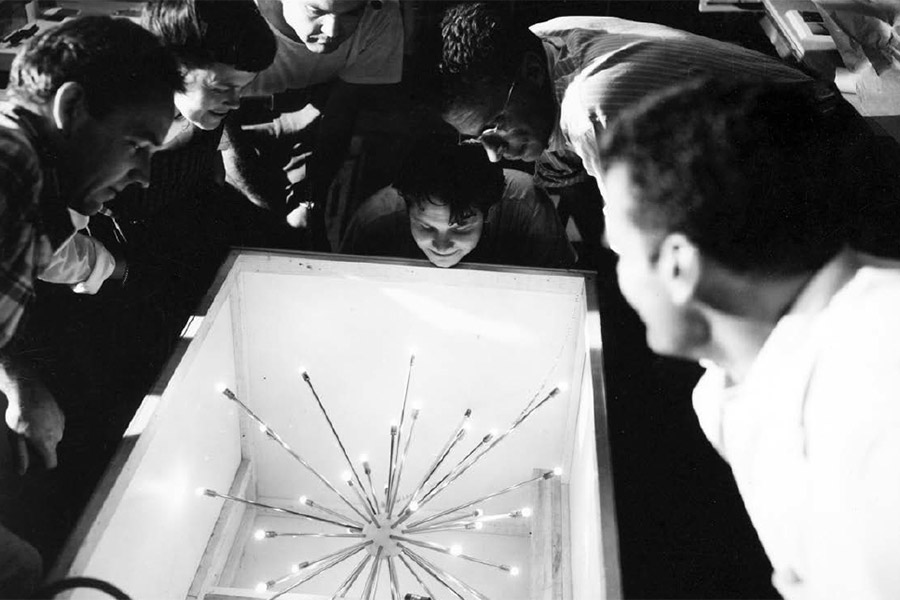
“Advice to students:
Develop a curiosity; look at things
as though for the first time.
Think of things in relation to each other;
always think of the next larger thing
Avoid the ‘pat’ answer, the formula; avoid
the preconceived idea.
Study well objects made past recent and
ancient but never without the technological
and social conditions responsible.
Search out the true physical and psychological need;
prepare yourself to intelligently fill that need.”
– Charles & Ray Eames
The Eames House
Come experience the Eames Case Study House for yourself and visit us in Pacific Palisades, California.
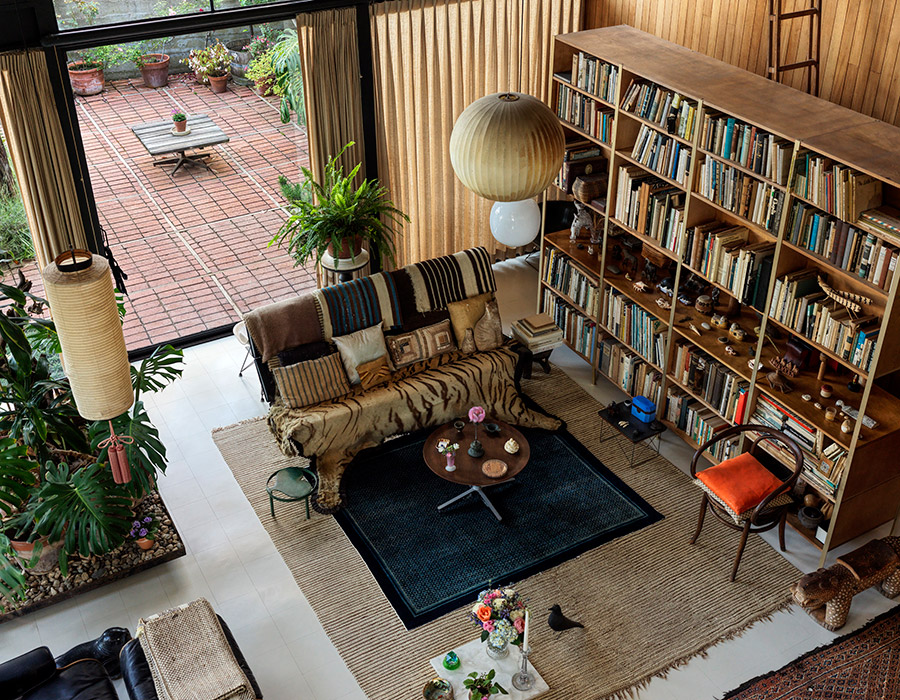
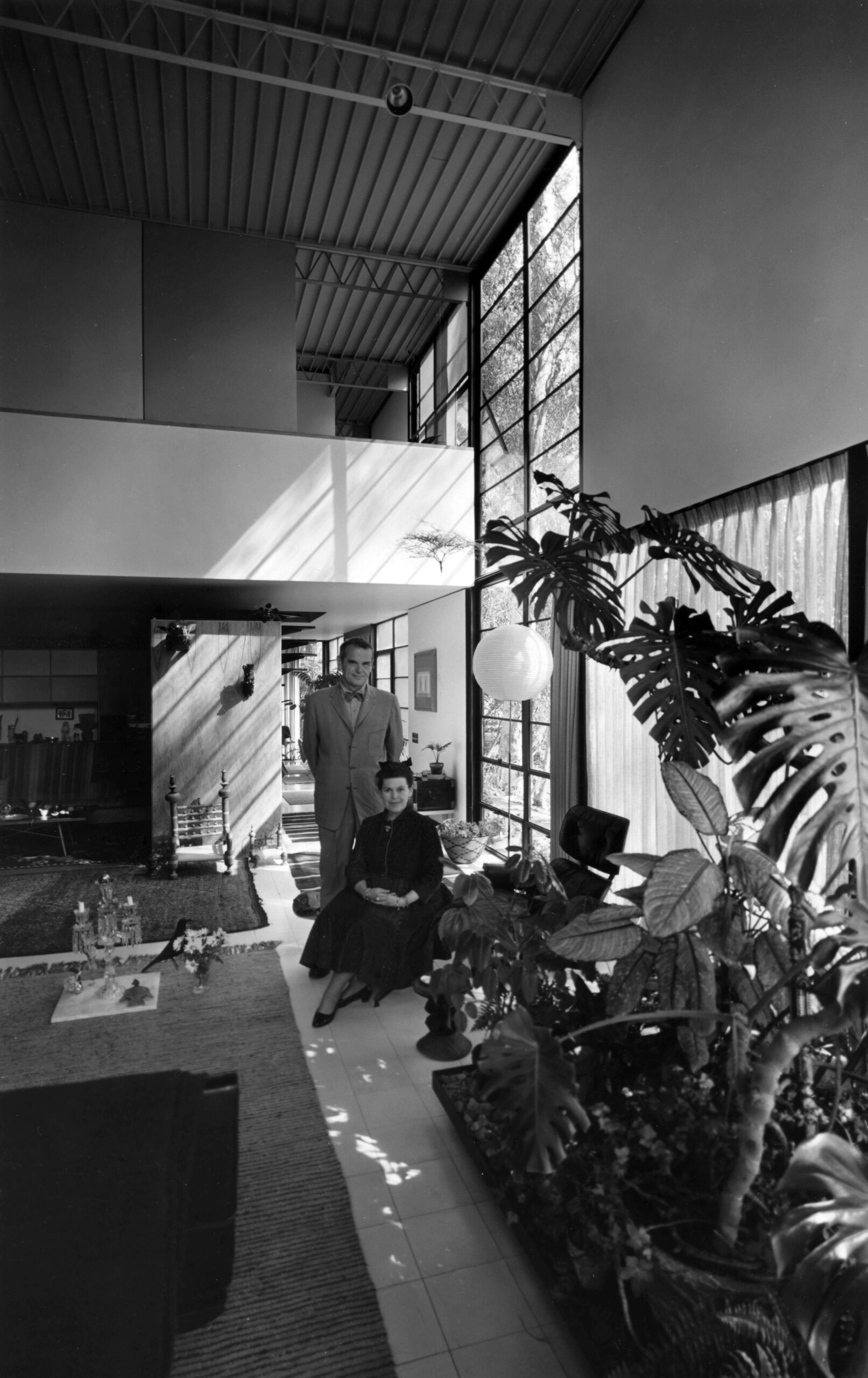


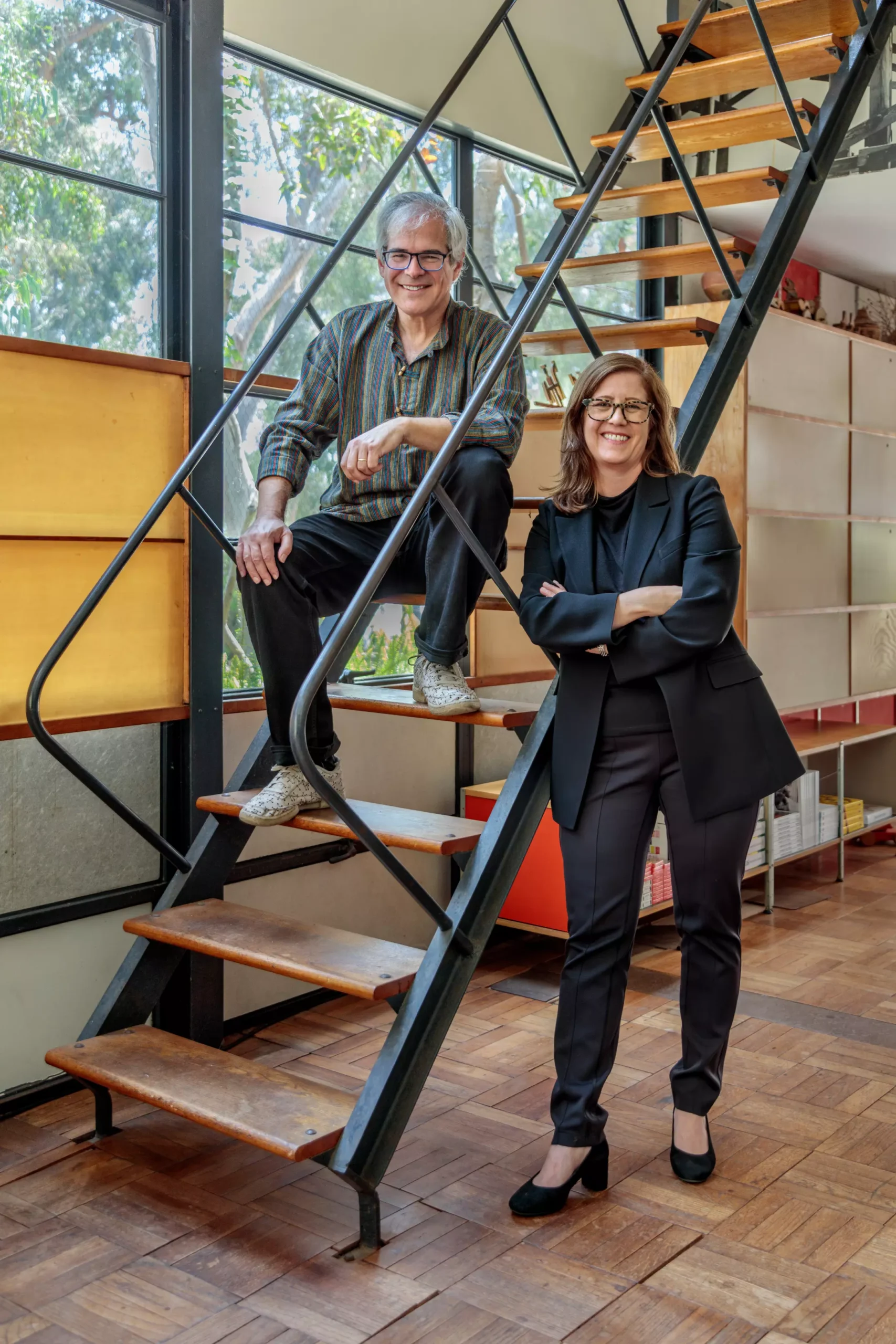
Preserving the Legacy
The Charles & Ray Eames Foundation safeguards the House, archives, and programs that share their vision with the world. Our mission is to ensure the Eames legacy continues to inspire future generations. Learn more about the foundation.
Support the Foundation
Join us in preserving the Eames House and sustaining programs that bring Charles and Ray’s vision to life. Your support makes our mission possible.
